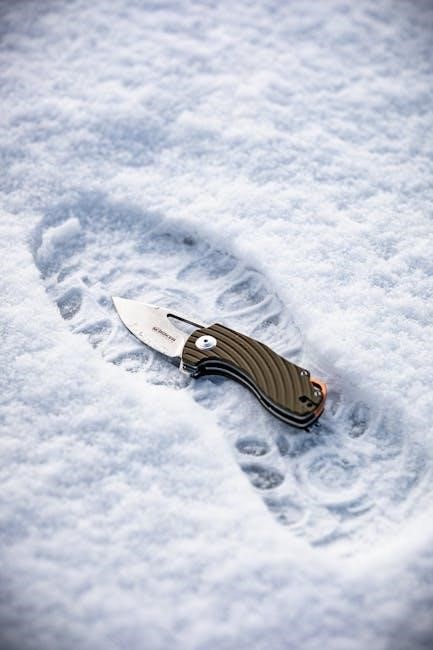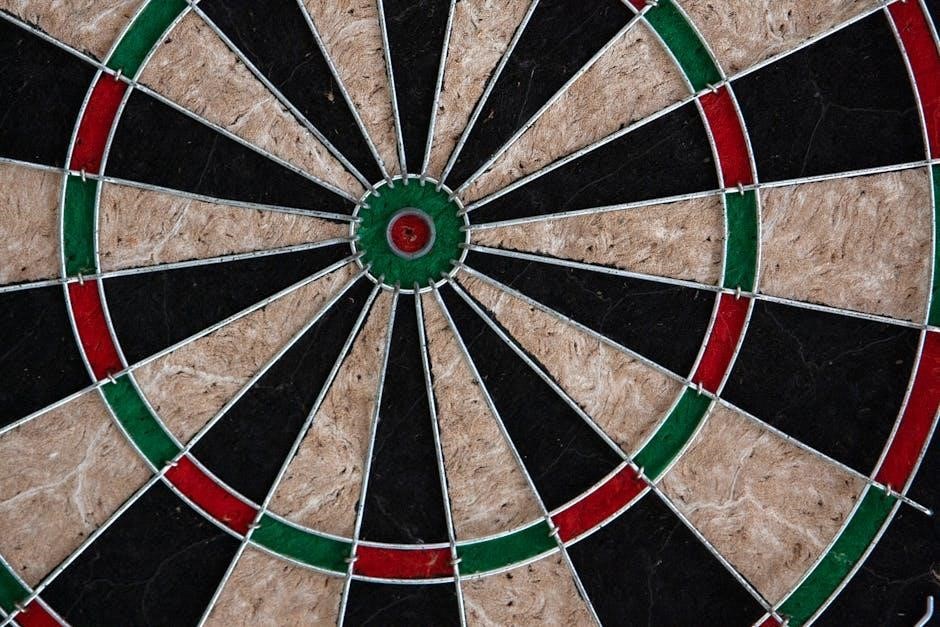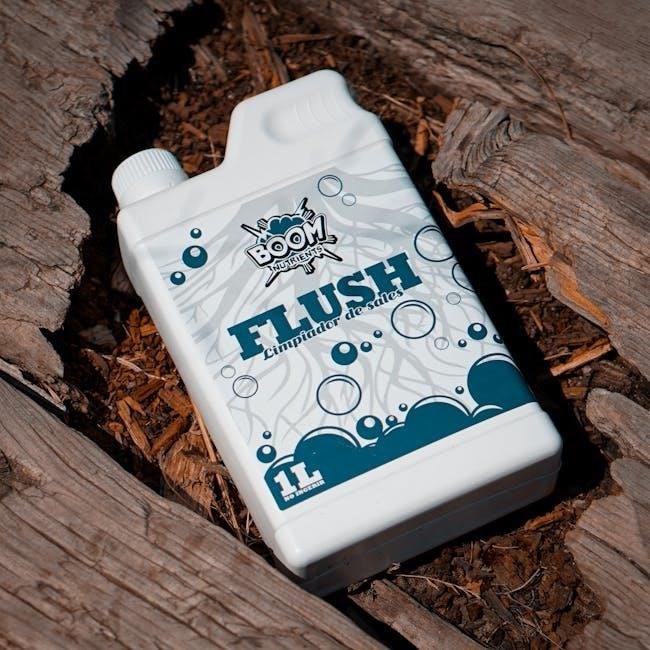Biggerstaff Guides and Outfitters is a full-time guide service based in Glade Park‚ Colorado‚ offering various hunting opportunities with professional guides and decades of experience in customer service always.
Overview of the Outfitter
Biggerstaff Guides and Outfitters is a reputable outfitter based in Glade Park‚ Colorado‚ specializing in guided hunts. They have a professional guide staff with decades of experience‚ emphasizing customer service and attention to detail. The outfitter offers a range of hunting opportunities for discerning sportsmen‚ including elk‚ deer‚ and bear hunts. With a focus on providing high-quality experiences‚ Biggerstaff Guides and Outfitters has established itself as a trusted name in the industry. Their expertise and knowledge of the terrain ensure a successful and enjoyable hunt for clients. The outfitter’s commitment to excellence and customer satisfaction has earned them a loyal client base and a reputation for delivering exceptional hunting experiences in western Colorado. Their services cater to hunters seeking a unique and memorable experience in the beautiful Colorado wilderness. The outfitter’s goal is to provide an unforgettable adventure.
Contact Information
Biggerstaff Guides and Outfitters can be reached through their website or by contacting them directly. Their mailing address is PO Box 23187‚ Glade Park‚ CO‚ 81523. For inquiries or to book a hunt‚ clients can call (970) 210-1032 or send an email to their business email address. The outfitter’s website provides additional information about their services‚ including an overview of their hunts and facility amenities. Clients can also visit their website to learn more about their guided hunts and to plan their next adventure. The outfitter’s contact information is readily available‚ making it easy for clients to get in touch with them. By contacting Biggerstaff Guides and Outfitters‚ clients can take the first step in planning an unforgettable hunting experience in western Colorado. Their team is available to answer questions and provide information to help clients plan their hunt.

Hunting Opportunities
Hunting opportunities abound with Biggerstaff Guides and Outfitters in western Colorado always available online now.
Types of Hunts Offered

Biggerstaff Guides and Outfitters offers a variety of hunts‚ including elk‚ deer‚ mountain lion‚ turkey‚ and bear hunts‚ catering to different preferences and skill levels. The outfitter provides opportunities for archery and rifle hunts‚ allowing clients to choose their preferred method. With a focus on customer satisfaction‚ Biggerstaff Guides and Outfitters ensures that each hunt is tailored to meet the individual needs of their clients. The outfitter’s experience and knowledge of the terrain enable them to provide guidance and support throughout the hunt. Whether clients are experienced hunters or newcomers to the sport‚ Biggerstaff Guides and Outfitters strives to provide a memorable and successful hunting experience. The outfitter’s commitment to quality and customer service has earned them a reputation as a trusted and reliable guide service in western Colorado‚ with a strong focus on hospitality and outdoor adventure.
Facility Amenities
Biggerstaff Guides and Outfitters provides its clients with convenient facility amenities‚ including parking on site‚ ensuring a hassle-free experience. The outfitter’s facilities are designed to meet the needs of hunters‚ offering a comfortable and welcoming environment. With a focus on customer comfort‚ the facilities are well-maintained and equipped with essential amenities. The outfitter’s attention to detail and commitment to quality extend to their facilities‚ providing a positive and enjoyable experience for clients. The parking area is easily accessible‚ allowing clients to quickly and easily unload their gear and prepare for their hunt. Overall‚ the facility amenities offered by Biggerstaff Guides and Outfitters contribute to a well-organized and successful hunting experience‚ allowing clients to focus on their hunt and enjoy the outdoors. The facilities are an integral part of the outfitter’s overall service‚ enhancing the client experience.

Guided Hunts
Guided hunts offered by Biggerstaff Guides and Outfitters provide expert guidance always with professional guides.
Archery and Rifle Hunts
Biggerstaff Guides and Outfitters offers archery and rifle hunts in western Colorado‚ providing opportunities for hunters to harvest elk‚ deer‚ and other game. The guides have extensive knowledge of the area and can help hunters navigate the terrain and increase their chances of a successful hunt. Archery hunts take place during the rut‚ allowing hunters to experience the thrill of hunting during this exciting time. Rifle hunts are also available‚ with the guides helping hunters to stalk and harvest their prey. With a focus on customer service and attention to detail‚ Biggerstaff Guides and Outfitters provides a unique and memorable hunting experience for all participants‚ ensuring a high level of satisfaction and enjoyment. The hunts are well-organized and structured to meet the needs of each hunter.
Trophy Class Outfitters
Biggerstaff Guides and Outfitters is considered a trophy class outfitter‚ providing high-quality hunting experiences for discerning sportsmen. The outfitter has a reputation for delivering exceptional results‚ with many hunters harvesting trophy-class animals. The guides are experienced and knowledgeable‚ with a deep understanding of the terrain and the habits of the game. They work closely with hunters to help them achieve their goals‚ whether it’s harvesting a specific species or achieving a personal best. The outfitter’s commitment to excellence and customer satisfaction has earned them a loyal following among hunters. With a focus on providing a unique and memorable experience‚ Biggerstaff Guides and Outfitters is the go-to choice for hunters seeking a trophy class experience‚ and their reputation continues to grow as a result of their hard work and dedication. The outfitter’s expertise is unmatched in the region.

Private Land Hunts
Biggerstaff Guides and Outfitters offers private land hunts on thousands of acres in western Colorado with great scenery always surrounding the hunters.
Acres of Private Land
Biggerstaff Guides and Outfitters has access to a significant amount of private land for hunting‚ with over 14‚000 acres available for semi-guided and non-guided elk‚ mule deer‚ and bear hunting. This private land‚ combined with an additional 16‚000 acres‚ provides a vast and diverse range of habitats for various game species. The private land is located in western Colorado‚ specifically in GMU 40‚ which is known for its abundant wildlife and scenic beauty. The large acreage of private land ensures that hunters have a high chance of success and a unique hunting experience. With its extensive private land holdings‚ Biggerstaff Guides and Outfitters is able to offer a wide range of hunting opportunities‚ from archery to rifle hunts‚ and from guided to non-guided hunts‚ catering to the needs of different hunters. The private land is well-managed to maintain a healthy balance of wildlife and habitat.
Semi-Guided and Non-Guided Hunts
Biggerstaff Guides and Outfitters offers semi-guided and non-guided hunting options for those who prefer a more independent hunting experience. These hunts take place on the outfitter’s private land‚ which spans over 30‚000 acres in western Colorado. The semi-guided hunts provide a compromise between guided and non-guided hunts‚ where hunters receive some guidance and support‚ but also have the freedom to hunt on their own. Non-guided hunts‚ on the other hand‚ are perfect for experienced hunters who want to hunt without any guidance or support. Both semi-guided and non-guided hunts offer a unique and challenging hunting experience‚ allowing hunters to test their skills and enjoy the beautiful Colorado landscape. With the option to choose between semi-guided and non-guided hunts‚ Biggerstaff Guides and Outfitters caters to the needs of different hunters‚ providing a range of options to suit their preferences and experience levels.






























